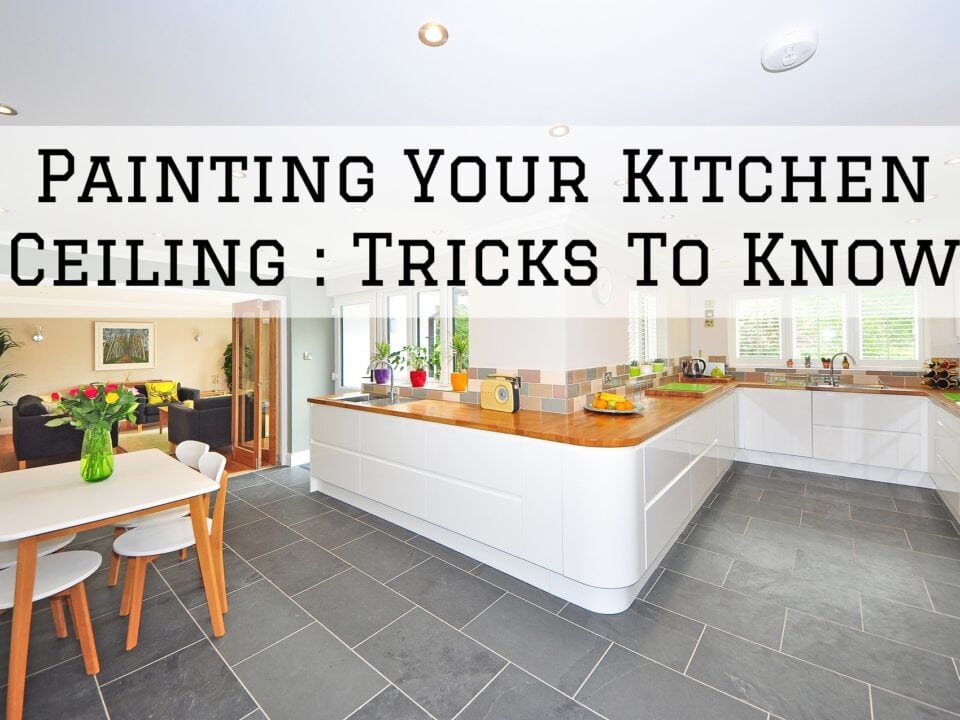Tips to Add Accent Colors into Your Home Interior

Deck Refinishing San Diego: 4 Signs Its Time to Refinish Your Deck.
September 10, 2019
6 Tips To Keep Your Interior Paint Job Less Messy
September 24, 2019Adding accent colors to the interior of your home can be both exciting and intimidating. You might not be sure which colors, how much to use, and where to put them. You could also be concerned that making one color mistake might require you to re-do your entire home.
If you want to add interest, excitement and visual appeal in your interior but don’t know how to go about it, here are some tips to help you get started;
Paint an Accent Wall
Painting accent walls is probably one of the most common and effective ways of adding accent colors into any space. It can change the focal point of a room without getting into a major design project. So if you love a certain bold or bright color but are not yet ready to make a full commitment, simply paint it on a single wall.
Accent walls also create interesting backdrops for highlighting pieces of art, décor, and valuable items. Choose a bold, contrasting color featured in your upholstery for a living room or a subtle tone slightly darker than the other walls for a bedroom. Just make sure there is a significant level of contrast.
Add Some Throw Pillows
Throw pillows are an indirect but equally effective way to introduce soft accent colors into your space. This especially works for the living room and bedrooms. You can choose solid-colored or patterned pillows for the sofa or chairs. Whichever option you choose, these small additions will add just the right amount of color without compromising the comfort or design of your room.
Color the Ceiling
The ceiling is the second largest surface you in your interior after the walls. Most homeowners often default to white when it comes to painting the ceiling. For an accent ceiling, you can either choose a color that is two shades darker than the walls or a different but complementary color. Painting the ceiling, however, needs some commitment, skills, and the right tools, so it’s safer to hire a painting contractor for this one.
Bring in Some Greens
Another natural and quite easy trick to introduce accent colors is by bringing in plants and flowers. These add not only color but also personality and fragrance in your living room, dining room, or kitchen. If you’re not so much into gardening, consider bringing in plants that don’t require so much care. An alternative could also be to add in artificial plants that only require dusting.
Hang a Colorful Piece of Art
Hanging a piece of art is a creative option to introduce accent colors in small doses while creating an attractive focal point. A colorful piece of art placed over the bed or sofa can add colors and shapes that you might not be able to reproduce in other areas. If you don’t have any colorful art in mind yet, you can frame one of your large photos using a colorful frame and hang it.
Some Accent Color Tips
If you’re just getting started with choosing accent colors, get some inspiration from a piece of artwork, furniture, carpet, or even throw pillows that you love. Build upon the details in these pieces, and you will end with a unified and balanced interior color theme.
Bright colors tend to bring a whimsical vibe, while dark colors are more traditional and elegant. If you’re going to use dark colors for the accent, consider natural materials such as metals, wood, and stone. As earlier mentioned, accent colors do not always have to be bright or bold. Neutral colors such as dark grays, browns, beiges, and greige are smart, timeless options that pair well with many bright colors.
The Bottom Line
Adding accent colors to your interior is an exciting opportunity to introduce interest, creativity, and a little drama into your space. While most of the available options can be implemented the DIY way, things like painting the ceiling and the walls may require a professional painting contractor.
At Peek Brothers Painting, we can help you introduce accent colors into your space through professional interior painting. Whether you want to repaint the entire interior, the ceiling, or just an accent section of one wall, we can help. To give us a try, call us on (858)505-1361 for a FREE estimate.





